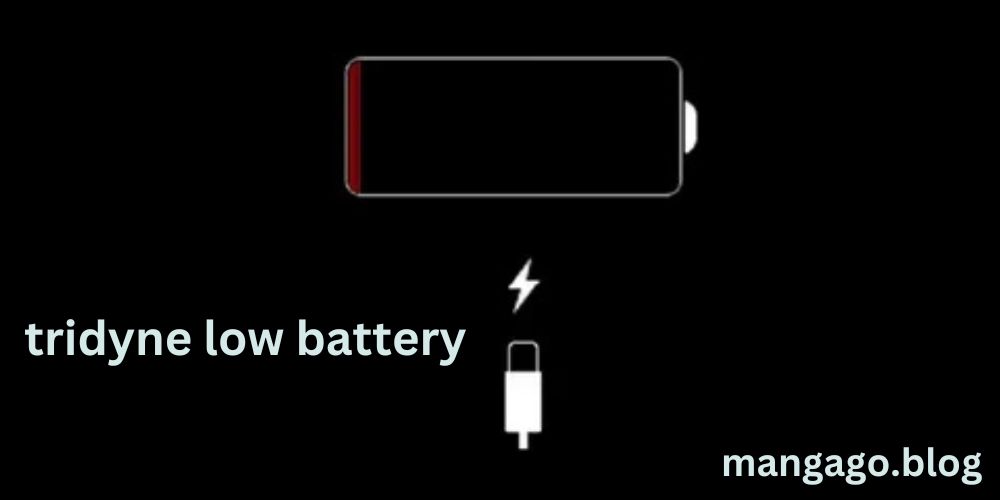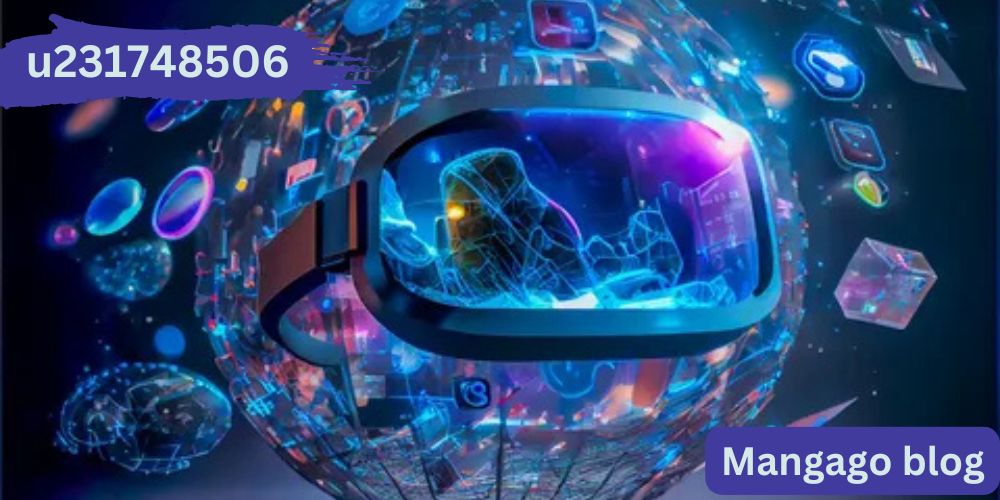Tridyne low battery systems are specialized devices often used in industrial applications for monitoring, controlling, and ensuring optimal performance in various operational setups. These systems rely on robust battery power to maintain functionality, making their battery health crucial to overall performance. Tridyne systems are versatile tools used in industries ranging from aviation to manufacturing. They are designed to ensure precision and reliability in critical tasks. They are commonly employed in flow monitoring, pressure regulation, and other operational safety mechanisms, making uninterrupted power supply essential.
Importance of Battery Performance in Tridyne Systems
The battery acts as the backbone of tridyne low battery systems, providing the energy needed for uninterrupted operation. A well-functioning battery ensures accurate readings and proper control mechanisms. Low battery levels can compromise the reliability of the system, leading to errors, performance degradation, or even complete shutdowns in critical situations. A low battery often causes slower responses or inconsistent readings, signaling a power problem. Frequent and unanticipated shutdowns are a classic sign that your Tridyne battery needs attention. Many Tridyne systems are equipped with battery level indicators or audible alarms that notify users when the battery is running low.
Causes of Tridyne Low Battery

A low battery in a Tridyne system can disrupt its functionality, causing downtime and inefficiencies. Understanding the root causes of low battery issues is essential for proper maintenance and prevention. Below are the most common causes: Batteries naturally degrade as they age due to chemical wear and tear. Over time, their capacity to hold a charge diminishes, leading to shorter operational cycles. This is a normal process, but failure to replace an aging battery can result in system failures. Tridyne systems used in high-demand environments or for extended periods often experience accelerated battery depletion. Continuous operation without breaks can put extra strain on the battery, shortening its life span.
How to Prevent Tridyne Low Battery Problems
Preventing low battery issues in Tridyne systems is critical to maintaining seamless operations and avoiding costly downtime. With proper care and strategic measures, you can significantly extend the life of your battery and ensure your system runs efficiently. Below are some practical tips to prevent low battery problems. Regular maintenance is key to ensuring your battery remains in top condition. Keep the battery terminals clean and free of corrosion. Regularly inspect the battery for physical damage, leaks, or bulging, which may indicate it’s time for a replacement. Use tools like multimeters or battery analyzers to check the voltage and overall health of the battery. Regular testing helps identify potential issues early before they escalate.
Troubleshooting Tridyne Low Battery
When faced with a low battery issue in your Tridyne system, identifying and resolving the root cause is critical to restoring functionality. Here’s a step-by-step guide to troubleshooting Tridyne low battery problems effectively. Loose or damaged connections can mimic low battery symptoms.
- Inspect Battery Terminals: Ensure the terminals are clean, free of corrosion, and tightly connected.
- Check Wiring and Connectors: Look for frayed cables, loose plugs, or damaged connectors that may disrupt the power supply.
Use a multimeter to measure the battery’s voltage.
- Normal Voltage Range: Compare the reading with the manufacturer’s recommended voltage range. A low reading indicates the battery may be drained or failing.
- Charge and Retest: If the battery is low but not damaged, recharge it and retest to confirm it holds a charge.
Solutions to Tridyne Low Battery

Addressing low battery issues in Tridyne systems requires a combination of immediate fixes and long-term strategies. Properly implementing these solutions will help restore functionality and enhance the overall performance of your system. Below are effective solutions to resolve Tridyne low battery problems. When the battery reaches the end of its lifespan or is no longer holding a charge, replacement is the most effective solution.
- Select a battery that matches the manufacturer’s specifications to ensure compatibility and optimal performance.
- Consider high-quality or OEM (Original Equipment Manufacturer) batteries for reliability.
- Disconnect the system from any power source before replacing the battery.
- Securely attach the new battery, ensuring proper polarity and tight connections to avoid damage or malfunction.
FAQs About tridyne low battery
What is the typical lifespan of a Tridyne battery?
On average, a Tridyne battery lasts 2–5 years, depending on usage and environmental conditions.
Can low battery issues damage the Tridyne system?
Yes, prolonged low battery conditions can strain the system and potentially cause damage to sensitive components.
How often should I perform battery maintenance?
It’s recommended to check the battery every 3–6 months to ensure optimal performance.
What should I do if my replacement battery doesn’t work?
Double-check the installation and ensure the battery meets the manufacturer’s specifications. If the issue persists, consult a professional.
Are there specific batteries recommended for Tridyne systems?
Always use manufacturer-approved or compatible batteries for the best results.
Conclusion
Tridyne low battery systems play a critical role in ensuring efficiency and reliability in various industrial applications. However, their performance heavily depends on a healthy and well-maintained battery. Low battery issues can lead to reduced efficiency, unexpected shutdowns, and potential damage to the system. By understanding the causes, recognizing early warning signs, and taking proactive measures such as regular maintenance and timely replacements, you can prevent most battery-related problems. Whether it’s ensuring proper installation or upgrading to higher-capacity batteries, investing in battery care will save you time, money, and operational downtime in the long run.




